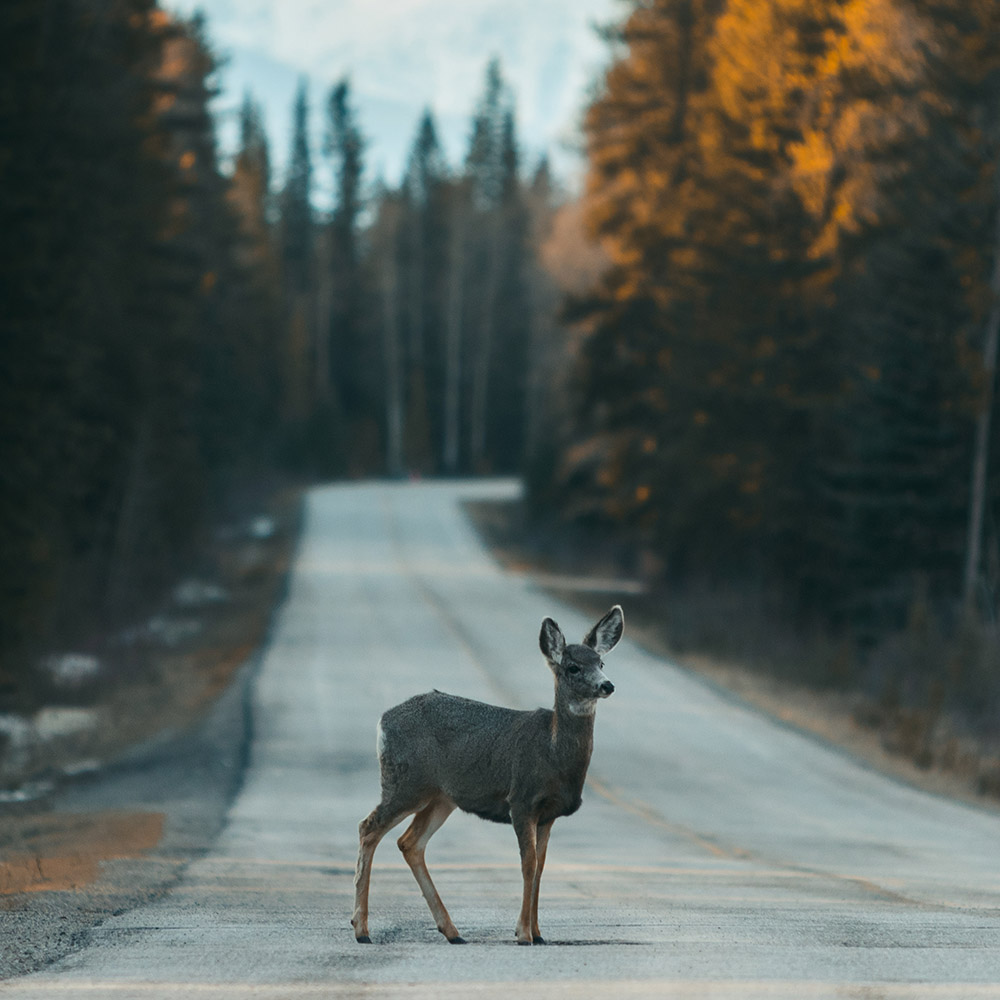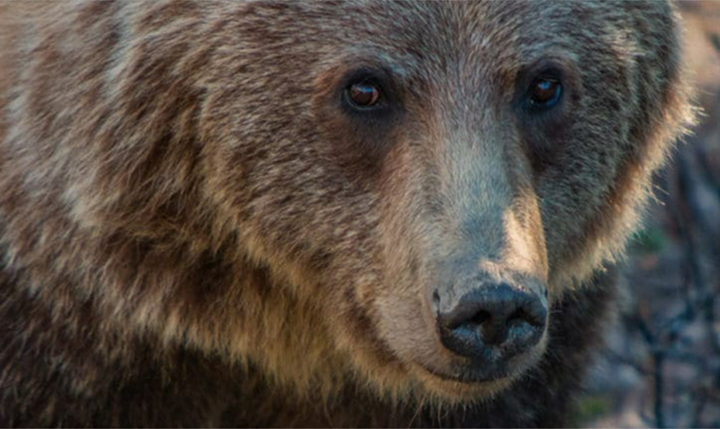Crossings help wildlife and people thrive
Today, Yellowstone to Yukon Conservation Initiative (Y2Y) is pleased to announce the launch of a collaborative project in north Idaho to improve road safety and protect wildlife.
Repairs near a series of wildlife underpasses will fix existing highway fencing and extend it by about a mile on U.S. 95 north of Bonners Ferry, ID. This location is a key area for wildlife movement between the Selkirk and Purcell mountains, an important linkage in the Yellowstone to Yukon region.
“We are proud to be part of this collaborative project to help wildlife thrive and people stay safe. These improvements will connect wildlife and prevent dangerous collisions on the highway, key goals for Y2Y,” says Y2Y U.S. program manager Jessie Grossman.
In 2005, Idaho Department of Transportation installed three wildlife underpasses and fencing when part of U.S. 95 was rerouted and converted it from two to four lanes. More than 10 years of monitoring shows the crossings reduced wildlife collisions, and decreased habitat fragmentation for white-tailed deer, elk, mule deer, black bears and other wildlife.
According to Idaho Fish and Game, monitoring from 2017 to 2022 shows an annual average of 3,500 animals using the underpasses, mostly big game species. White-tailed deer are the most common crossing users, but elk, black bears, cougars, bobcats, skunks and other species also use them.
Recently, however, the number of wildlife-vehicle collisions has increased. Wildlife is using the crossings less, instead crossing the road via holes in the existing fencing and bypassing the fencing at one end. Since 2021, Idaho Fish and Game data shows 19 big game animals have been hit in the project area.
Repairing the fence means the underpasses continue to be effective and support wildlife migration and access to habitat while reducing the number of animals on the highway. Fencing additions will funnel more animals to the crossings.
“This is a win for motorists and migrating animals. Extending the fence will reduce dangerous accidents that cause vehicle damage and can injure or kill motorists while also preventing deaths of deer, elk, moose and other important wildlife,” says Hilarie Engle, executive director of the Idaho Fish and Wildlife Foundation.
Construction began March 20 and will not cause traffic delays. The majority of the project will be completed on the shoulders of the highway, within the right-of-way. The project will not affect public access to adjacent Forest Service lands, except access to Brush Lake Road will be blocked for a day to install a cattle guard. The public will be notified of the date when the Brush Lake road will be blocked, and there will be an alternate access route to the lake that day.
The project has the support of the Kootenai Valley Resource Initiative, which is co-chaired by the Kootenai Tribe of Idaho, Boundary County Commissioners and the Mayor of Bonners Ferry. Partners include Idaho Fish and Wildlife Foundation, Idaho Fish and Game, Idaho Panhandle National Forest, Idaho Department of Transportation, Y2Y and other agencies and groups.
This work is funded by a $289,000 grant from the National Fish and Wildlife Foundation managed by Idaho Fish and Wildlife Foundation. All contributing entities will supply in-kind and other funding to provide matching contributions required by the grant.
Read the Idaho Fish and Game release: Joint project underway to reduce big game-vehicle collisions in North Idaho.


